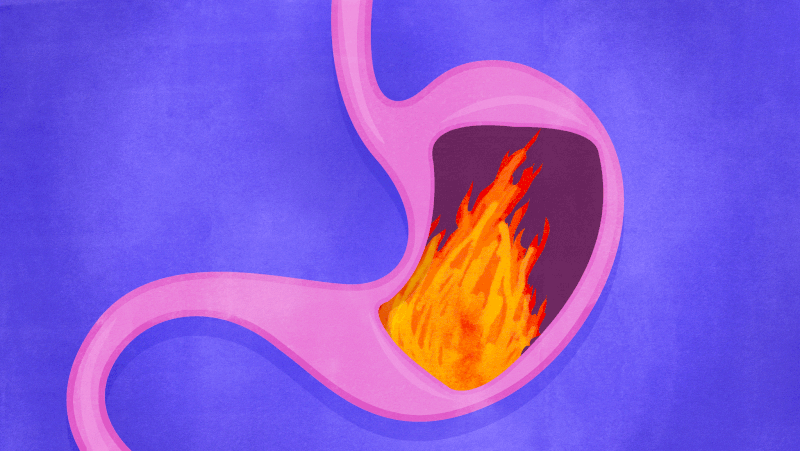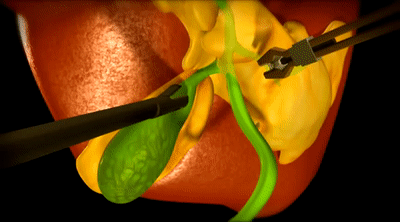
December has arrived and the shops are getting busier already. People are trying to find thoughful gifts for their family, friends, colleagues or even for a secret santa. But what types of gift can you get for someone with a digestive disorder such as IBS, Diverticular Disease, Crohn’s, Ulcerative Colitis, gastritis or even gallbladder disease/gallstones? Read on for my top gift ideas this Christmas.
Heat pad/Hot water bottle
A lot of digestive disorders cause abdominal pain and discomfort which can often be soothed a little with a heat pad or hot water bottle. There are a huge variety of different products to choose from, for example, you can get electric heat pads, hot water bottles with all sorts of soft and novelty covers, or even a hot pack that you can heat up in the microwave. These are available in a huge variety of stores both in the high street or online.
The hot water bottle store (UK) has a variety of both hot water bottles and microwaveable products.
Primark also have some lovely hot water bottles this Christmas starting at just £4.
Reusable water bottle
Did you know that by the time you feel thirst, you are already dehydrated? Staying hydrated is hugely important for health and is extra important for those with digestive disorders. So, why not save the planet from a few more single-use plastic bottles and buy someone a reusable drinks bottle this Christmas? There are lots of different varieties to choose from; for example, you can get, aluminium (US: aluminum) bottles for those who avoid plastics, infuser bottles for those who aren’t a huge fan of drinking water and would like to add a little flavour (US: flavor)to it, bottles with flip up straws for easy sipping or even bottles that keep drinks cool or warm all day long.
Chilly’s water bottles are great for keeping a drink ice cold all day long. They cost around £25 each, but you can get them in some amazing designs and can even get them personalised (US: personalized).
You can pick up these bottles from pretty much anywhere, though. So have a good look around for something that suits your friend of family member best.
Hydration Devices
Again, hydration is SO important! So, if you know someone who finds it difficult to get in their 2-3 litres (US: liters) of water each day, or someone who enjoys gadgets, think about getting them a hydration device. These clever little devices can remind the user to have a drink throughout the day in order to meet their hydration goals. Some devices can even record how much you drank and how much is left before you meet your goal for the day. Here is an example of just two of these devices on the market, but I’m sure there are plenty more.

Ulla device: This little device is small and cute. It’s available in a number of colours (US: colors) and designs but doesn’t monitor the amount you drink, just how often you drink. It is easy to attach to drinking bottles and will keep track of how often you are sipping from your bottle. These devices will set you back around 30 euros + shipping. However, if you are ordering multiple devices you will receive a discount and free shipping!

Smart water bottle: This genius water bottle is able to keep track of how often you drink and how much. It also encourages users to pace themselves throughout the day in order to meet their hydration goals. The bottle has a screen display which shows everything the user needs to know!
Food and symptom Diary
A food and symptom diary is a great gift for anyone who has a digestive disorder. Not only is it a good way for them to monitor their health, it is also an invaluable tool for their doctors. While there are numerous food and symptom diary printables and pdfs online, some people just prefer to have a physical book. You can get these diaries from various places. I found this particularly nice diary from The Food Diary Co. with lots of space to write all your details inside. However, it’s only available with a brown leather-look, vegan-friendly cover at the moment. I did find a couple on Amazon, too. But, you can look for one that suits your friend or family member’s preferences. You can make this an even better gift by adding some nice stationery to use alongside it!
Comfy Pyjamas and Clothing
As someone with multiple digestive disorders, let me tell you, pyjamas (US: pajamas) and comfy lounge-wear is always a great gift. People with digestive problems can often bloat up without any notice, so loose and comfortable clothing is really useful for these times. It’s great to be able to wear something that doesn’t hurt or dig into our tummy and is perfect for those days when we aren’t feeling well enough to leave the house. Lounge-wear and pyjamas are wonderful and you can get ones with great designs from pretty much anywhere (even your local supermarket). You could buy them some extra fluffy ones for the winter or even some novelty Christmas ones that they can put on immediately.

What did you think to my suggestions? Did you buy any of them for someone this Christmas?
Support the author and buy her a coffee by making a donation here: paypal.me/haylaki











